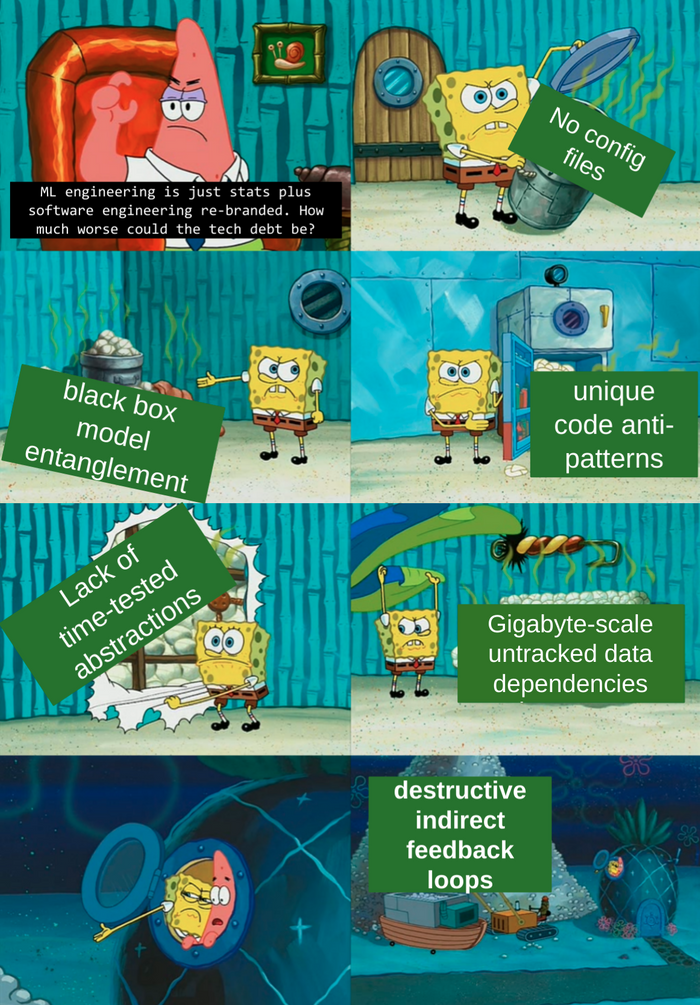“Small acts, when multiplied by millions of people, can transform the world.”
― Howard Zinn
I have started ITP Camp at NYU (after business hours - 6pm and during weekends). All June I am hoping to collaborate with fellow creative technologists, to leverage tech to create something new. So while this newsletter can not report on climbs and museum visits, expect strange and random notes about how we interact with technology.
Here is a piece of computer-generated “art” I made with p5.js. I am calling it “overworked”. 👩🏻💻
In object-oriented programming a God object is an object that /knows too much/ or /does too much/. A common programming technique is to separate a large problem into several smaller problems and create solutions for each of them. Once the smaller problems are solved, the big problem as a whole has been solved. In contrast, a program that employs a God object does not follow this approach. Most of such a program’s overall functionality is coded into a single “all-knowing” object, which maintains most of the information about the entire program.
Similar anti-patterns inspired by Italian cuisine:
*Spaghetti code* is a pejorative phrase for unstructured and difficult-to-maintain source code.
*Ravioli code* -describes code that comprises well-structured classes that are easy to understand in isolation, but difficult to understand as a whole.
*Lasagna code* -code whose layers are so complicated and intertwined that making a change in one layer would necessitate changes in all other layers.
*Pizza code*- code refers to code which has very flat architecture.
This week read a paper about technical debt of Machine Learning. I think a laughed for 5 minutes non-stop when I saw this cartoon. Couple of days later it actually does not look that funny anymore.
Better summary here: [Nitpicking Machine Learning Technical Debt
Sneakernet is an informal term for the transfer of electronic information by physically moving media such as magnetic tape, floppy disks (remember those 💾?) , USB Flash drives, or external hard drives between computers, rather than transmitting it over a computer network.
These days the frequency of my outgoing paper mail has drastically increased. Upon further investigation have stumbled upon “mail art”:
Mail art (also known as postal *art* and correspondence *art*) is a populist artistic movement centered on sending small scale works through the postal service.
* Further reference and inspiration: Ray Johnson [“Return to Sender”]
* If you have not received mail from me, please request [one here] - I’ll be happy to mail you one.
The next Industrial revolution? Probably biomanufacturing. How come when we spend a day in nature we feel refreshed and rejuvenated, but when we spend a day in front of a computer, we feel exhausted? As we try to work more in more confined environment, can we rely on new types of materials to make our manufactured environment rejuvenating?
Further reference:
Talks by Ruthie Nachamany: Instead of putting computers on things, how can we think of things as computers?
Gist about biomanufacturing also by Ruthie
MOMA NYC has scheduled in 2020 an exhibit by Neri Oxman - “From tree bark and crustacean shells to silkworm webs and human breath, nature shapes Neri Oxman’s innovative design and production processes”. The exhibit is obviously postponed, but I am highly anticipating to rush to it as soon as MOMA reopens.
](https://images.squarespace-cdn.com/content/v1/5badfa2ef8135a3bb3c5dc34/1591579431807-M7AY03O6QBWULTJHYHAD/unnamed.jpg)



